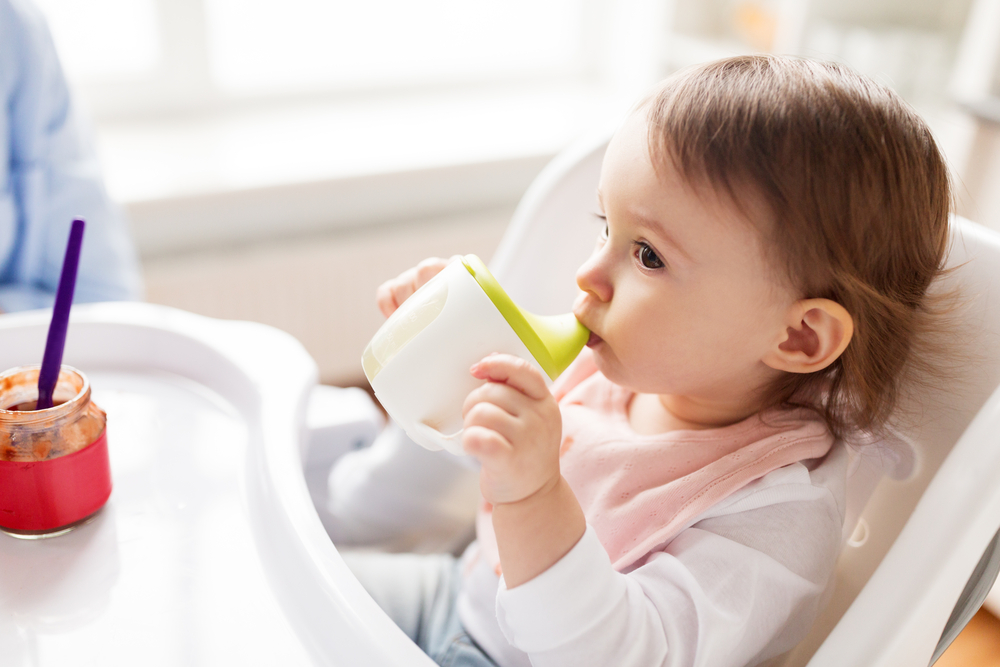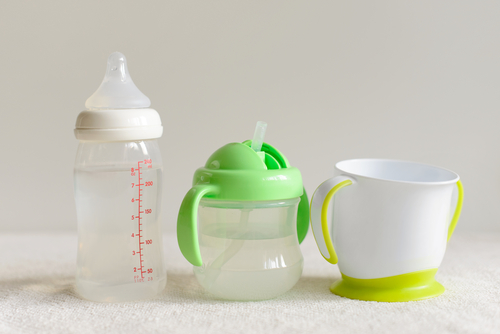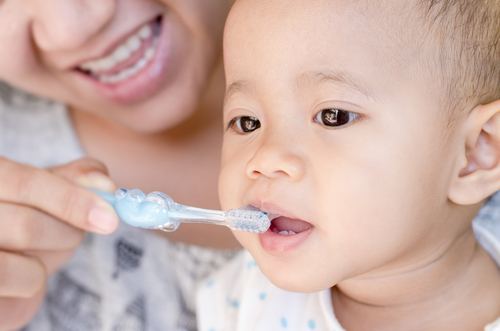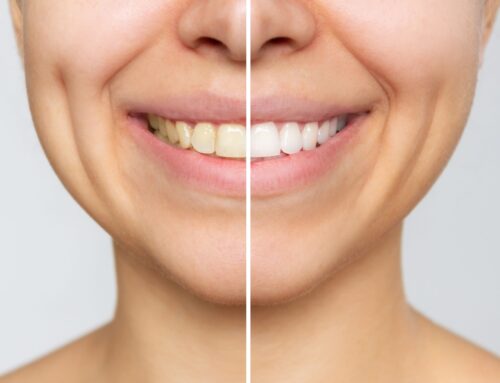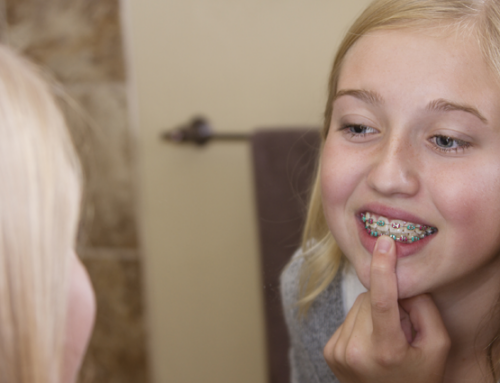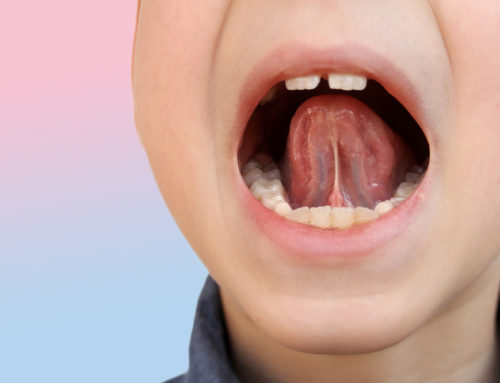The Best Sippy Cup For Your Child
As a new or expecting parent, raising your child can be stressful enough. So it doesn’t help when there are a million decisions to make about every toy, blanket, and sippy cup that your child interacts with.
Many parenting articles stress the importance of giving your child all the tools that they need to develop. This isn’t wrong, but it can be a bit overwhelming for new parents. That’s why we’ve gone out of our way to compile this quick guide for you today.
Sippy Cup
For the first few months after a child is born, they are most likely breastfeeding or bottle feeding. Eventually, however, you’ll want to advance them to solid foods and other types of liquid. Around this time, you’ll also be able to begin the transition to more advanced types of drinkware. This can be a bit of an adjustment for some children since they may be used to the nipple-shaped mouthpiece of a baby bottle.
Fortunately, however, there are plenty of transition cups in between a baby bottle and a regular cup. That’s where sippy cups come in. Continue reading to learn more about different types of sippy cups and how to choose one.
When To Introduce Sippy Cup
Generally speaking, a sippy cup can be introduced once your child begins eating solid foods. According to an article published by Penn Medicine Lancaster General Health, this will typically be “around 4-6 months of age”.
Types Of Sippy Cups
Here are some of the most common types of sippy cups you might encounter and their pros and cons.
Silicone
Although a newer introduction to the market, sippy cups that are entirely or partially made of silicone have become quite popular in recent years. Softer than both plastic and steel, silicone is less likely to scratch or otherwise hurt a small child’s mouth. Fully silicone cups can also be squeezed and held comfortably by small hands.
Having said that, it’s important to keep in mind that silicone is more chewable than other materials. This can potentially pose a choking hazard for toddlers that like to chew on their cups. The best policy is to always supervise your child when giving them drinks or food. Additionally, do check the label on your silicone cup before washing it. Some silicone doesn’t hold up well in hot water.
Plastic
One of the most common materials for drinkware, plastic sippy cups can be found in almost any baby aisle. Unfortunately, however, some plastic can contain BPA or other toxins. So if you do choose to go with a plastic sippy cup, make sure to look over the label carefully.
On the plus side, however, plastic cups can come in many different shapes, patterns, and colors, which can be appealing to small children. They’re also lightweight and easy to hold, even for a fairly young child.
Stainless Steel
Surprisingly, stainless steel can actually be a great material for children’s drinkware. Quality-made stainless steel drinkware can release fewer toxins than plastic and offer more durability. So if your child has a tendency to throw or drop their cups, this may be a good option for you. A lot of stainless steel is also dishwasher safe (just make sure to double-check the label).
On the downside, however, some young children can find steel a bit heavy or uncomfortable to drink from. So do take this into account before purchasing your sippy cup.
Best Sippy Cup
There isn’t really a one size fits all “best” sippy cup. It’s more of a decision that all parents have to make individually for their child. To help out, however, we’ve compiled some important things below that you may want to keep in mind as you purchase your child’s first sippy cup.
Safety
Safety is, of course, one of the main things that you want to consider when buying your child anything.
As we mentioned previously, always double-check the label on a sippy cup before purchasing it or giving it to your child. Make sure that any plastic is BPA-free and doesn’t leak toxins. For children that have a tendency to chew on objects and swallow them, you’ll probably want to avoid silicone or other “chewable” drinkware. Lastly, only expose cups to heat if they are expressly made for it. This includes microwaving or washing your sippy cup in hot water.
Spilling
Every parent knows that children like to make a mess. That’s why one of the biggest factors for parents is whether or not a sippy cup is spill-free. Most spill-free cups have some type of lid and drinking mechanism that limits how much water can spill out at once. Some are specially designed so that children cannot unscrew the entire cap on their own.
Since many sippy cups advertise themselves as being spill-free, it can be a bit difficult to figure out which ones work best. This is where word of mouth and online reviews can come in handy. Try asking family and friends about what has worked well for them. If shopping in-store, you can also examine the bottle itself and see how well the opening mechanism works.
Age
The other thing to remember is that not all children are old enough to use just any kind of sippy cup. As we mentioned before, children are typically ready for their first sippy cup once they start eating solid foods.
Sippy cups with a flexible spout may make transitioning from a bottle to a sippy cup a bit easier. Remember that your child is transitioning to a new mouthpiece, so it may take a little time to adjust. A good gripping solution such as handles can also make it easier for your child to get used to holding a cup.
Eventually, however, you do want to help your child transition to a regular cup. Children need to continue developing motor skills and learn to drink for themselves (under supervision, of course). In the meantime, however, small steps and changes can be a good way to transition from a baby bottle to a normal cup.
Oral Care
The last thing that we want to address is children’s oral health. One thing that parents often forget about is that even children that are only a few years old can get cavities.
Any prolonged exposure to sugars can increase your child’s risk of developing tooth decay. Remember that bacteria feed off of sugar, which in turn allows them to release harmful acid that can eat away at a tooth. The role that sippy cups have to play in all this is that they tend to encourage children to sip more throughout the day. If you’re putting juice, milk, or other sweet beverages in your child’s cup, this can expose them to sugar for hours at a time.
Instead, opt for filling your child’s cup with regular water. The hydration is good for them and doesn’t eat away at their teeth. If you do choose to give your child some juice, make sure that they drink it over a short period of time and brush their teeth immediately after. This will shorten the amount of time that their teeth are exposed to sugar. The same goes for food. Always brush immediately after eating.
Pediatric Dentist Tennessee
Taking care of your child’s dental health can seem like a daunting task to any new parent. Fortunately, you’re not alone. A good pediatric dentist can perform regular cleanings and check-ups, fix dental problems as they arise, and answer any questions you may have.
Here at Snodgrass-King Dental, we strive to be a resource that you can rely on to navigate you through your child’s dental needs. We offer services such as sealants, fillings, crossbite correction, and much more.
In addition to all that, however, our office also offers dental services for adults. That way, your family can get all of their dental needs addressed in one place. We offer everything from teeth whitening to implants and crowns.
To learn more about our doctors and office locations, simply click around. To request an appointment, call your nearest Snodgrass-King Dental office or use our online booking option. In the meantime, feel free to check out our patient information tab for more info regarding insurance and patient forms. We hope to see you soon!


